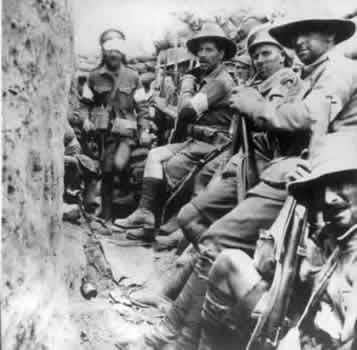I would like to leave the geo-political issues of the 2024 Israel-Iran confrontation here and here to political experts (I only have a major in international relations). Though my opinion is that Iran has its own perception as a major player in the Middle East, and had to 'demonstrate' its power to strike Israel.
 |
| Image: Rafael/IDF of a ROCKS test missile - nicely done up in telemetry/unarmed red with black and white checks. --- |
The ROCKS Autonomous Extended Stand-Off Range Air-to-Surface Missile was first shown at Aero India 2019, and according to its sales brochure, has anti-radiation features and uses an Inertial Navigation System (INS) to work in GPS-denied areas.
ROCKS is likely a variant of Rafael's Sparrow Ballistic target missile, which is a two stage missile air-launched from an F-15. As this article in the Financial Times shows, spent first-stage boosters were found in Wasit Province, in eastern Iraq, about 560km West of the Isfahan target area, on the night of Israel's retaliation.
%2023_4_2024%202_27_01%20am.png) |
| image: Rafael of Sparrow target ballistic missiles --- |
The Financial Times article highlights IDF attacks on Syrian air defense positions. Then came the Israel aircraft crossing into Syrian airspace that actually fired the missile(s) at the Isfahan Air Base. There were early Iranian reports that it shot down 3 Israeli drones over the Isfahan area. If there were any such drones they were likely decoys or EW lures to mask the real ballistic missile action.
The Times of Israel published an article based on a New York Times report that claims Iran did not detect the incoming missile, and it damaged a 30N6E2 target-engagement radar or the S-300PMU2 battery protecting the airbase.






